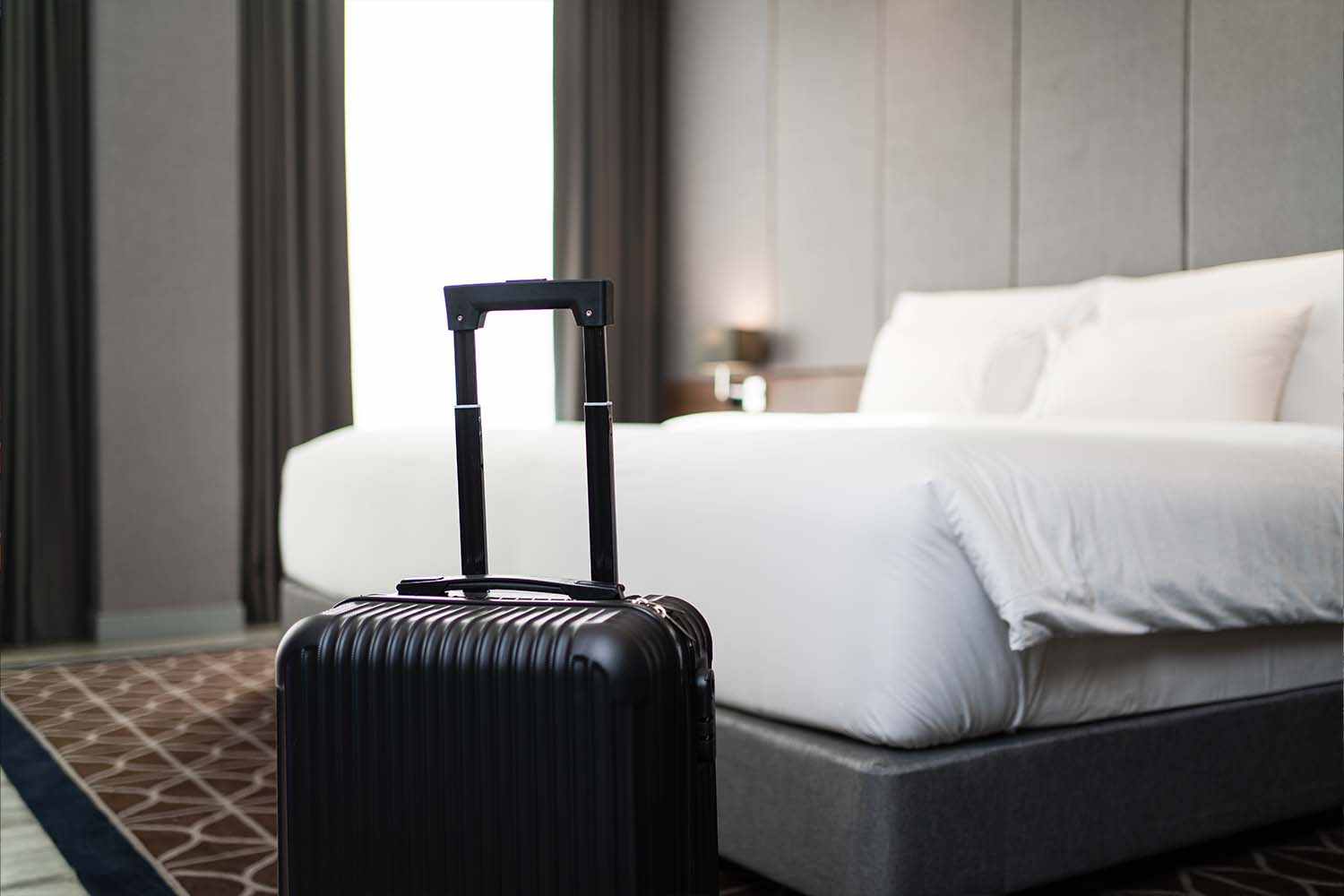We’ve all, at some point or another, encountered a stray hair in our hotel room that didn’t belong to us, or maybe even an ominous stain of sorts between the sheets. It’s nothing that a quick call to the front desk can’t fix, of course, but it still inevitably leaves a bad taste in your mouth. Because it can’t help but beg the question: “If this is what I can see, how much else is there that I can’t?”
The answer is, as it turns out, a lot. Per a new report from USA Today, even 5-star hotels can have especially dirty surfaces — particularly in the bathroom and other high-traffic areas (much like on planes). That’s because cleaning is not necessarily synonymous with disinfecting. In fact, according to a September swab test by WaterFilterGuru.com — a water quality expert company — those areas were found to be just as germy as a toilet seat, pet bowl and kitchen sink…if not more so.
“These are high-traffic areas that also harbor germs because of the moist surroundings and cross-contamination — think toothbrushes and razors sitting on the bathroom counters,” Kathleen Wong notes in the report. “When water gets trapped in faucets, bacteria can fester.” Gross.
The Dirtiest Areas of a Plane Are Probably Not What You Would Expect
Get ready to put those branded sanitation wipes to good useA few of the most noteworthy revelations from the test:
- A hotel sink faucet (the dirtiest place in virtually every hotel bathroom) had over 55,000 times the bacteria of a toilet seat.
- A hotel showerhead had 25,000 times the bacteria of a toilet seat.
- A hotel tub had 40 times more bacteria than a toilet seat.
And sure, “55,000 times the amount of bacteria of a toilet seat” sounds like a lot. It is. But the test also found that home-sharing bathrooms contain three times more bacteria than hotel bathrooms, and that a home-sharing sink faucet actually had nearly 60,000 times the bacteria of a toilet seat. Jump scare!
That said, experts say you shouldn’t dismiss either. “Just like any other frequently used space, these areas can harbor various microorganisms,” Brian Campbell, President & CEO at WaterFilterGuru.com, told USA Today. “While the idea of a sink faucet being as contaminated as a toilet seat sounds unsettling, it’s essential to remember that not all bacteria are harmful. Nonetheless, practicing good hygiene is key to avoiding potential health issues.”
“The risk of infection from casual contact is generally low,” he added. “The bacteria on faucet handles are typically different from those inside the faucet and are often harmless. Still, it’s always a good idea to practice regular hand hygiene.”
Nevertheless, it wouldn’t hurt to keep a pack of disinfecting wipes in your carry-on for good measure. And also to maybe stick to showers.
This article was featured in the InsideHook newsletter. Sign up now.
